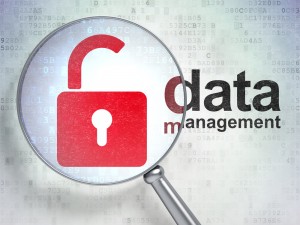
Featured Content

Data Warehouse Automation & Real-time Data – Reducing Time to Value in a Distributed Analytical Environment

Data Catalogs: Governing & Provisioning Data in a Data Driven Enterprise (12 December 2024, Italy Livestream Training)

Data Catalogs – Governing & Provisioning Data in a Data Driven Enterprise (16 October 2024, Stockholm)

Smart Infrastructure & Smart Applications for the Smart Business – Infrastructure & Application Performance Monitoring
Blog
When to Use Enterprise Information Integration
This blog entry is co-authored by Mike Ferguson and William McKnight (link) and is being cross-posted on our blogs.
This is the first in a series of entries on Enterprise Information Integration (EII). EII is gaining traction for enabling data integration without the need for the physical instantiation of the integration. In other words, EII adds integrated reporting capabilities while minimizing impact on existing systems. We have been selectively adding EII to our data warehouse architectures. Today, we’ll look at those situations when EII makes sense for data integration requirements.
- Connecting structured (as in data in a data warehouse) data in particular with unstructured data takes advantage of EII’s strength of leaving data in place that could dramatically increase overall storage requirements if duplicated
- When immediate data change in response to the data view is desired (changing a copy of the data would not suffice)
- When data transformation is relatively light or nonexistent and just getting the data together for integrated query is the biggest challenge
- When the relatively worse query performance of EII query is acceptable (versus the obvious advantages of physically cohabitating all data for the query)
- Some operational and regulatory reporting where the data needed is not completely integrated in one place
- Integration of Performance Management software with multiple underlying line of business BI systems to allow a company to see performance management at the enterprise level (across line of business BI systems) using LOB metrics to calculate enterprise KPIs
EII is changing and some of the disadvantages and restrictions will lessen over time but it’s a chicken-and-egg situation. More end clients will need to incorporate small adaptations of EII in their decisioning environment to spur the growth. There may be opportunities and TCO propositions to federate your data acquisition requirements now using EII. Small sized, relatively smaller transformations, unstructured and interactive situations provide those opportunities.

Register for additional content
Register today for additional and exclusive content - informative research papers, product reviews, industry news.





